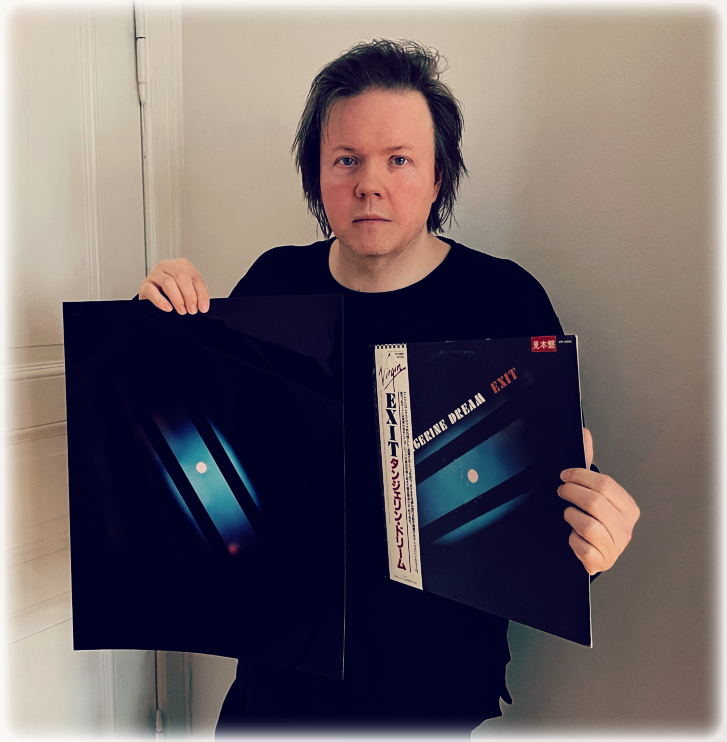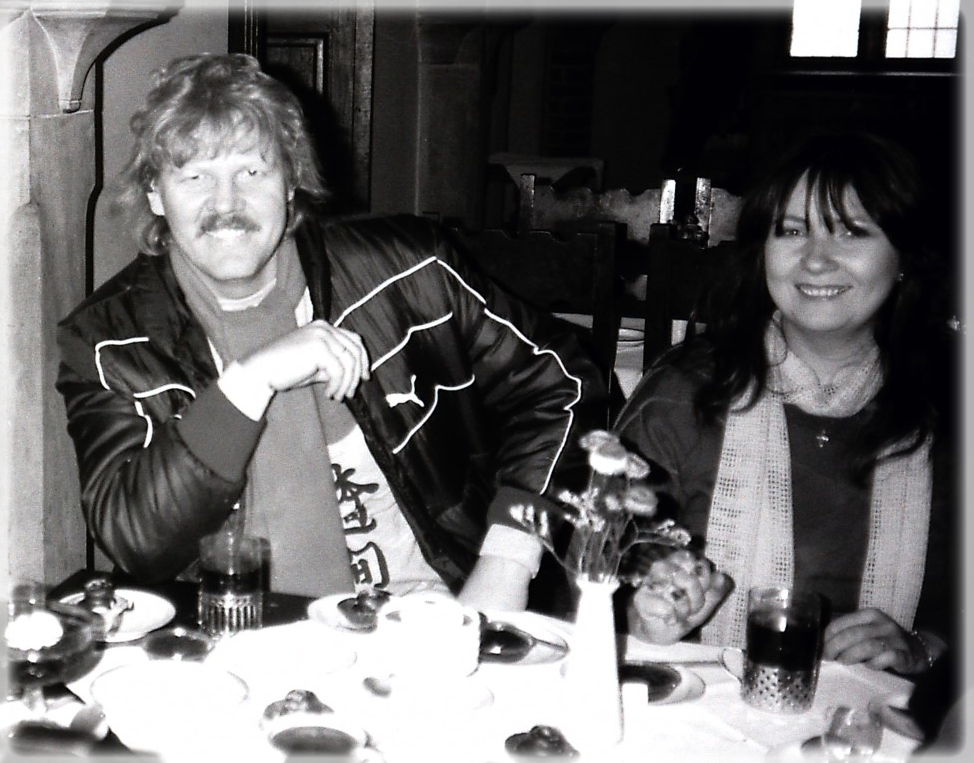TANGERINE DREAM
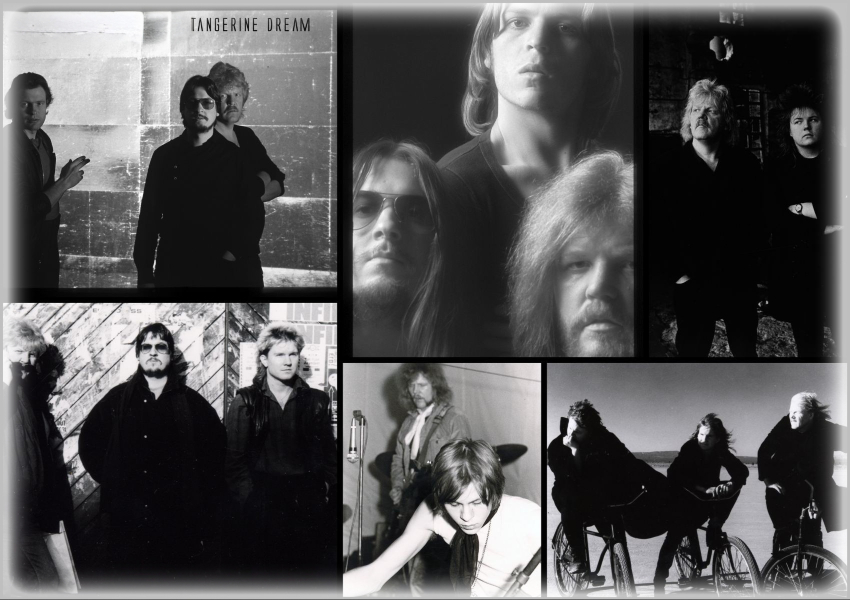
Tangerine Dream is a Berlin-based band founded in 1967 by Edgar Froese. The group is considered a pioneer of electronic music and has had a significant influence on the development of this genre.
Early Years and Style Development:
Tangerine Dream began in the late 1960s as part of the German Krautrock movement, but their music quickly evolved into a unique blend of electronic sounds, often utilizing synthesizers and sequencers. Their breakthrough album “Phaedra” (1974) is regarded as a milestone in electronic music and helped bring the genre to international prominence.
Highlights and Achievements:
Throughout their career, the band has released over 100 albums, including numerous soundtracks for films and TV series such as “Sorcerer” (1977) and “Risky Business” (1983). Tangerine Dream received seven Grammy nominations (1991 – 1995) and was celebrated for their innovative soundscapes.
Members and Changes:
Edgar Froese was the constant member of the band until his death in 2015. The band experienced numerous lineup changes; notable members included Klaus Schulze, Christopher Franke, Peter Baumann, Johannes Schmölling, Paul Haslinger and Edgar Froese’s son, Jerome Froese, who was a member from 1990 to 2006.
Influence and Legacy:
Tangerine Dream has influenced numerous musicians and bands and is considered one of the most important groups in the history of electronic music. Their experimental and atmospheric soundscapes have left a lasting impact on the genre, making them icons of electronic music.
MONIKA “MONIQUE” FROESE
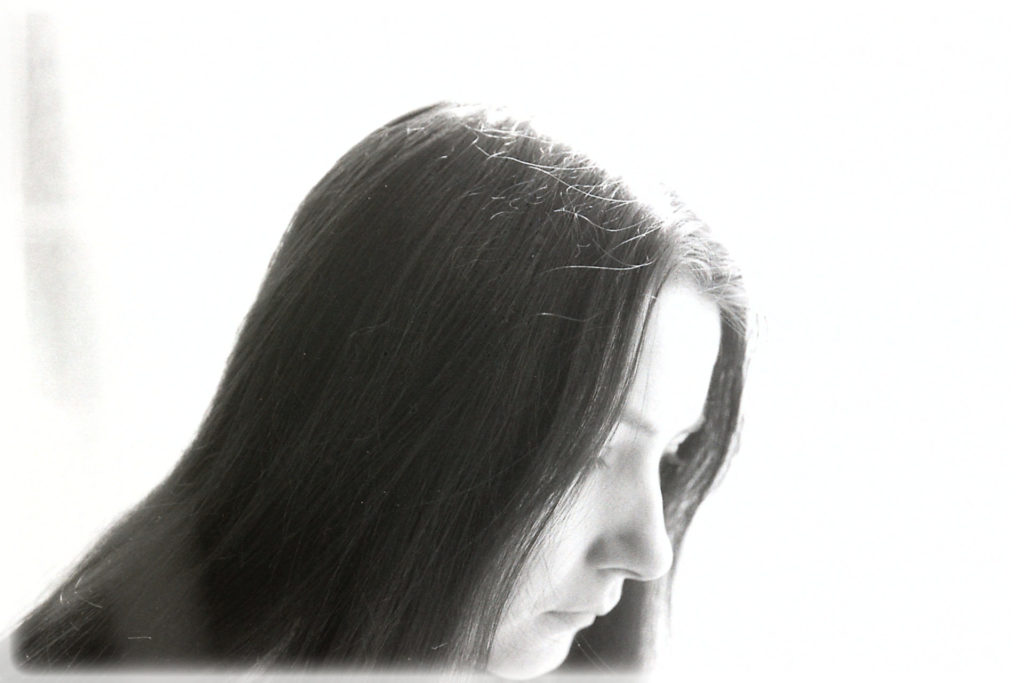
Monika Froese, wife of Edgar Froese, the founder of Tangerine Dream, played a significant role in her husband’s life and career. She was born January 23, 1947 in Rostock, Germany and passed away in August 2000 in Berlin. Monika was primarily known as an artist and photographer. She made a significant contribution to the band’s visual identity by designing many of Tangerine Dream’s classic album covers and merchandise. Her aesthetic sense and talent for visual art helped shape the band’s visual image, which is often considered as influential as their music.
Monika and Edgar Froese married in 1970. Their partnership was important both privately and professionally. Monika supported the band’s artistic vision and helped them realise their creative projects. Together they had a son, Jerome Froese, who later became a member of Tangerine Dream.
Before and during their marriage, Monika and Edgar lived in various countries, including Austria, Great Britain and the United States, which broadened their cultural horizons and artistic influences. Monika Froese was not only a crucial muse for Edgar but also an independent artist whose works were exhibited in various occasions.
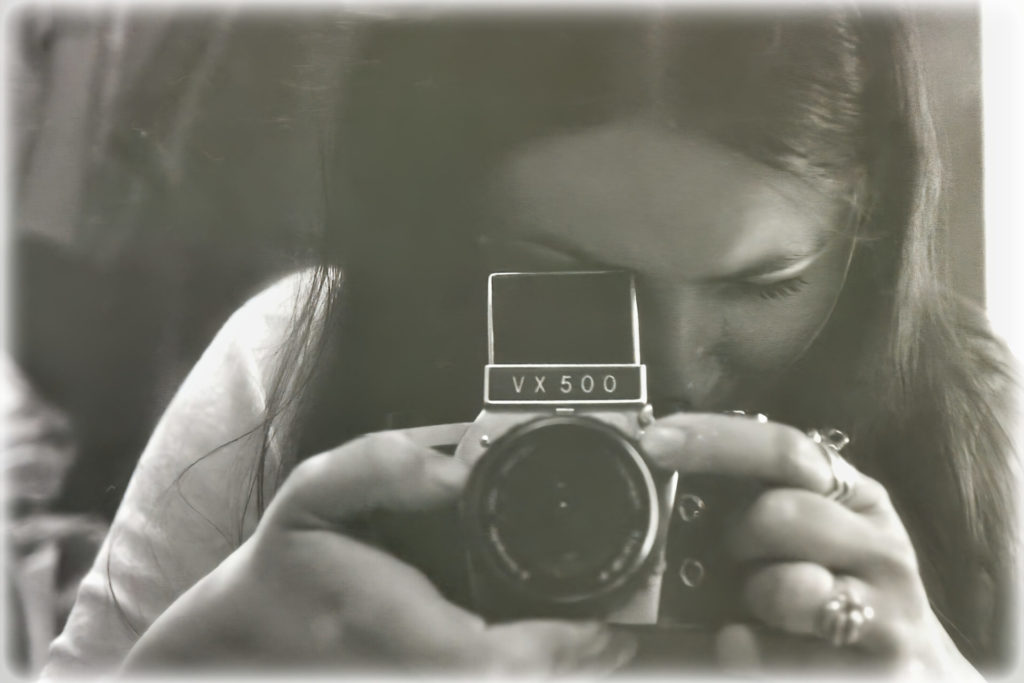
Her early death in 2000 was a severe blow to Edgar Froese and the entire Tangerine Dream family. However, Monika’s legacy lives on through her art and the lasting impact she had on the band’s visual representation. Her relationship with Edgar Froese is an example of how personal and creative partnerships can yield fruitful results.
EDGAR FROESE
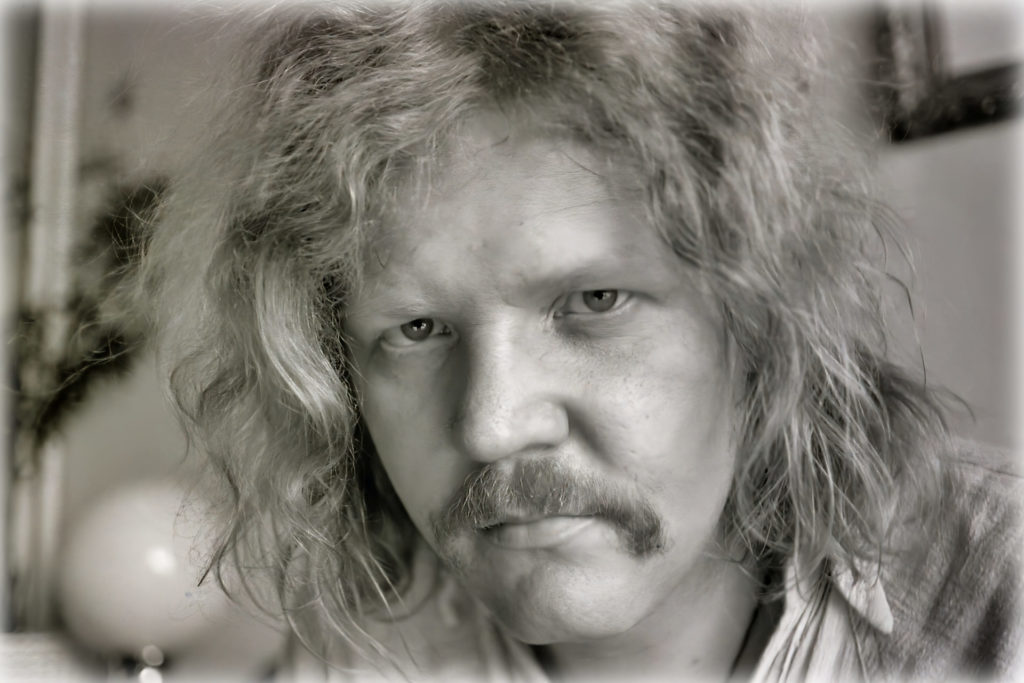
Edgar Froese, best known as the founder and driving force behind the electronic and ambient band Tangerine Dream. Born on June 6, 1944, in Tilsit, East Prussia (now Sovetsk, Russia), Froese grew up in West Berlin, where he discovered his passion for music and made a name for himself in the burgeoning electronic music scene.
Driven by his interest in the visual arts, he studied sculpture and painting at the Hochschule der Künste (HdK) in Berlin, alongside his musical ambitions. Personal contact with modern artists such as Salvador Dalí, Joseph Beuys, Martin Kippenberger and Friedensreich Hundertwasser strengthened his lifelong interest in art.
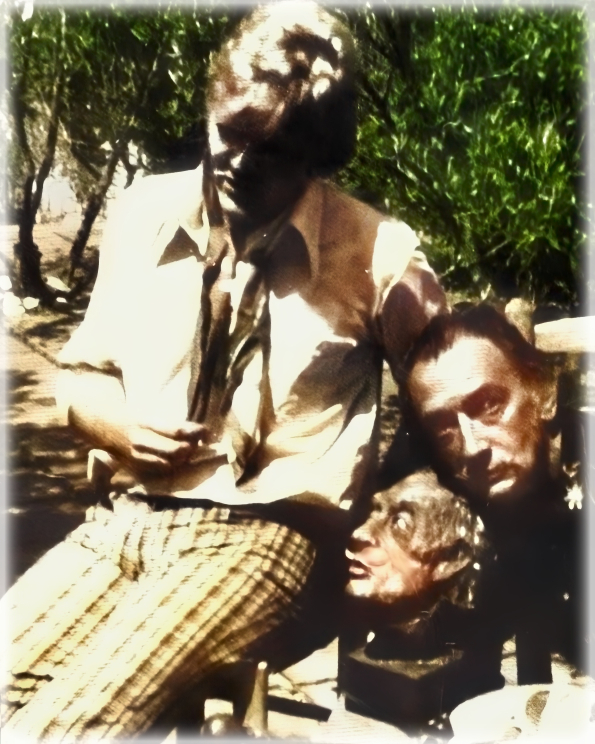
In the late 1960s, Froese founded Tangerine Dream, which quickly became one of the most influential groups in the realm of electronic music. His innovative use of guitars, synthesizers and pioneering work in sequential music led to completely new soundscapes characterized by complex, repetitive structures and atmospheric sounds. Froese’s visionary approach to music, combined with his technical expertise, helped pave the way for many subsequent artists.
In addition to his work with Tangerine Dream, Froese was also involved in solo projects and collaborated with artists and composers from various genres. He wrote film scores and contributed to the development of the sound aesthetics for numerous films.
Edgar Froese remained active in the music scene until his death on January 20, 2015. His legacy remains a symbol of innovation and artistic courage in the field of electronic music.
JEROME FROESE
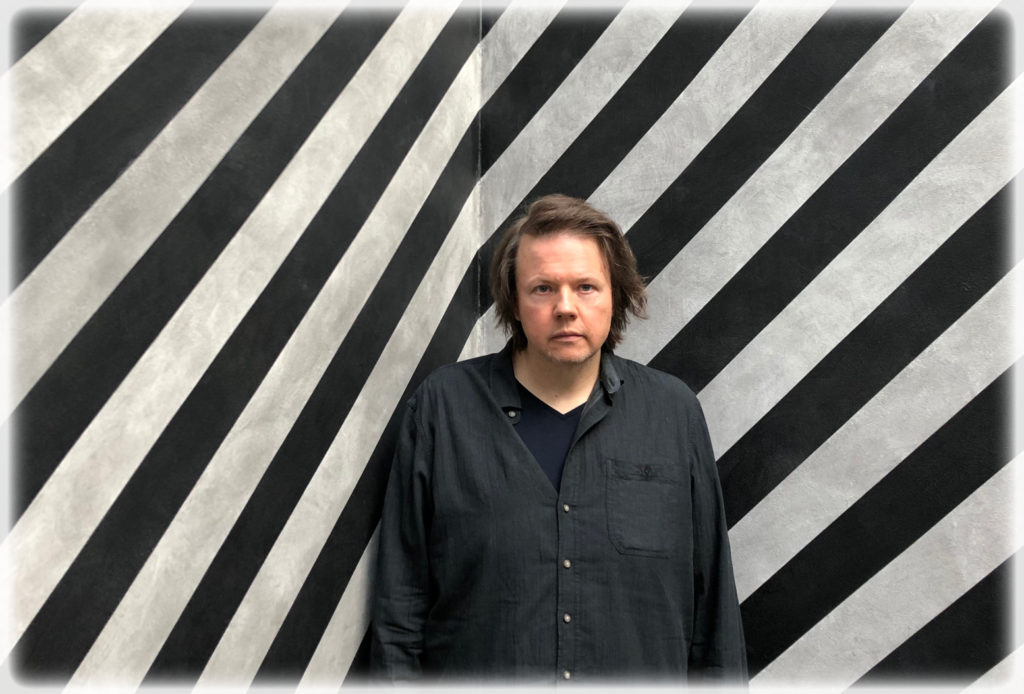
Jerome Froese was born on November 24, 1970, in West Berlin, Germany as the son of Monika and Edgar Froese. From a young age, Jerome showed an interest in music and followed in his father’s footsteps by pursuing a career in the music industry.
Since the early 70’s, Jerome has already been immortalised by his parents. He has been featured on the covers of Tangerine Dream and Edgar Froese’s albums in various forms and sizes.
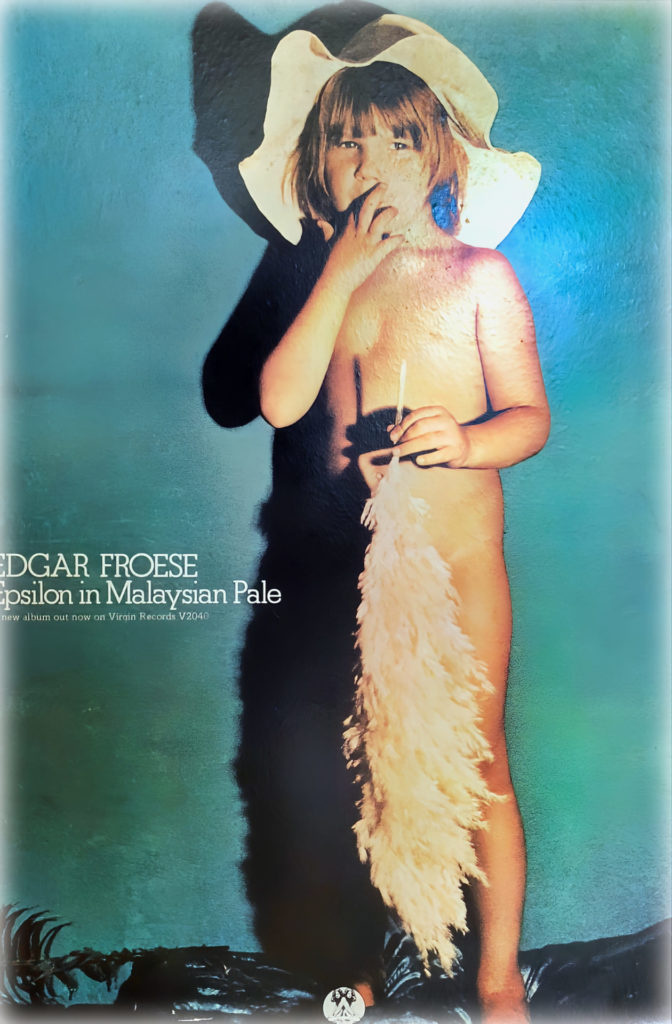
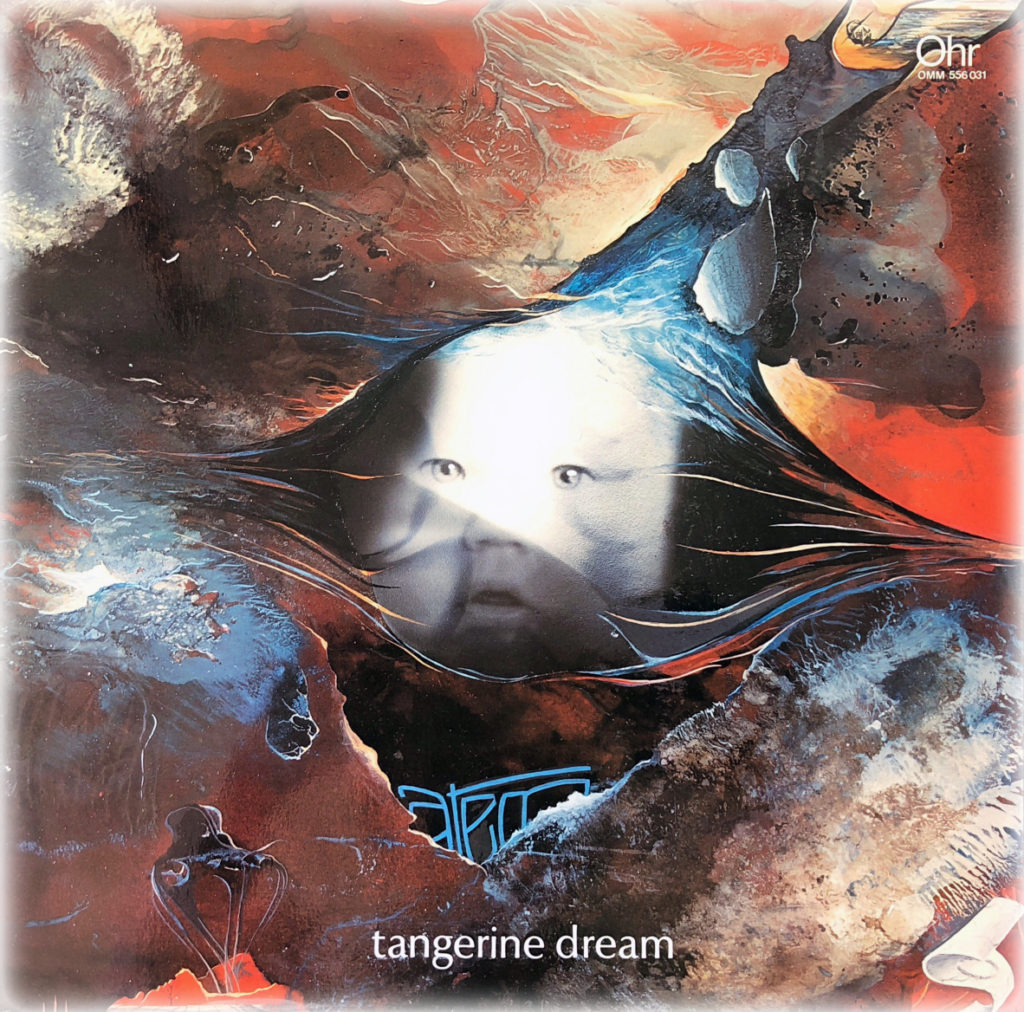
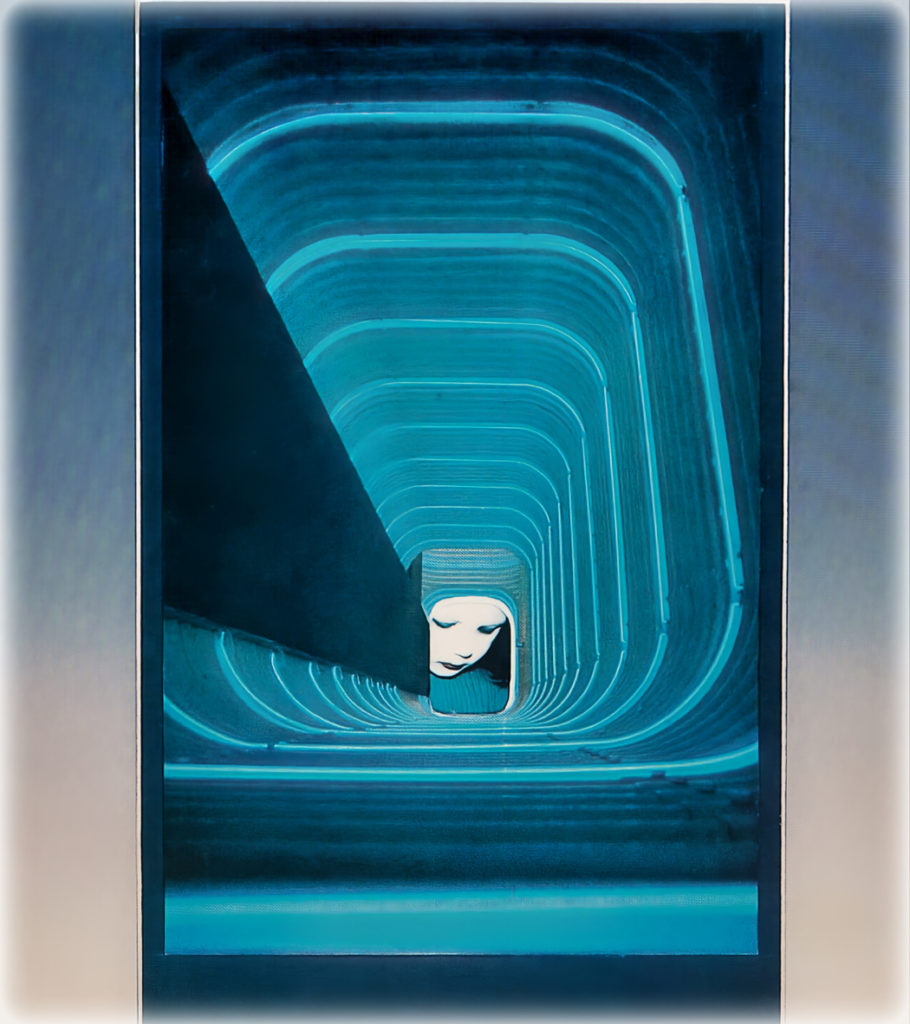

Jerome made his official debut as a musician in 1990 with Tangerine Dream, initially contributing to production and playing keyboards, guitars and drums. His influence on the band’s music grew over the years, and he quickly became a permanent member. During his time with Tangerine Dream, Jerome contributed to several albums, including “Melrose” (1990), “Rockoon” (1992), “Goblins’ Club” (1996), “Mars Polaris” (1999) and the very popular “Dream Mixes” (1995 – 2010) series. He brought a more modern and rock-oriented sound to the band, complementing the traditional electronic elements.
In addition to his work with Tangerine Dream, Jerome also embarked on a solo career. His first solo album, “Neptunes,” was released in 2005 and showcased his ability to create complex and atmospheric soundscapes with guitars, which he himself described as “Guitartronica“. Other solo albums, such as “Shiver Me Timbers” (2007) and “Far Side of the Face” (2012), followed and received positive reviews.

Jerome Froese is also known for remixing, DJing and collaborations with other artists. Notably, he worked with Loom, a band he formed with former Tangerine Dream member Johannes Schmölling. Loom released several albums and was known for their live performances, which offered a mix of old and new compositions.
Another project was Brücken/Froese, where he worked with Claudia Brücken, former vocalist of the synth-pop band Propaganda. Their collaboration resulted in unique musical projects that blended Froese’s electronic soundscapes with Brücken’s distinctive vocal style, further expanding his creative horizons.
Throughout his career, Jerome Froese has made a significant contribution to electronic music, continuing his father’s legacy by combining the traditional music of Tangerine Dream with modern elements and innovative ideas. Despite the similarities to his father, he has established himself as an independent artist and developed his own musical identity.
THE ARCHIVE
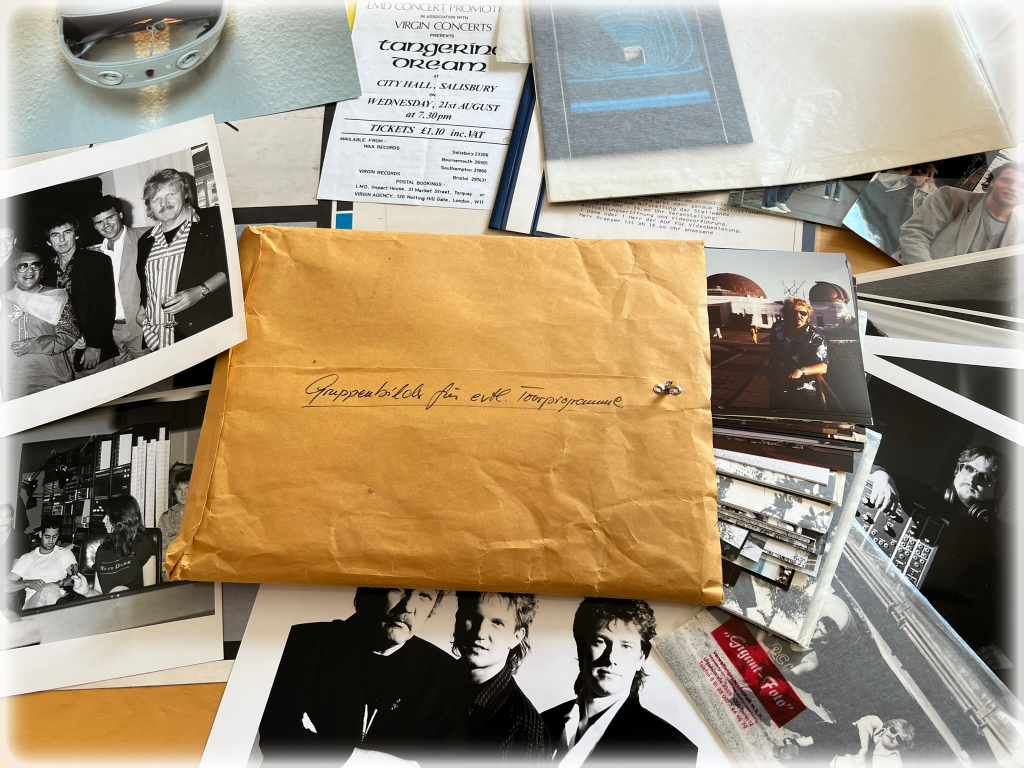
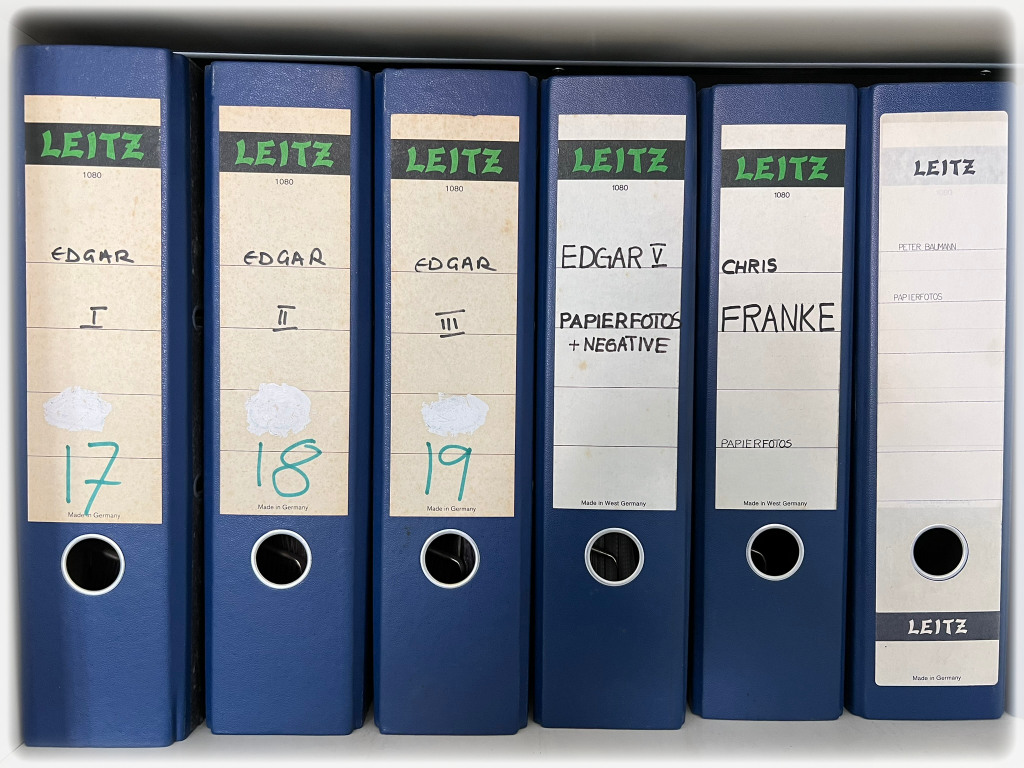
The visual archive of Tangerine Dream is a unique treasure assembled over nearly 35 years by Monika “Monique” Froese. During this time, she accompanied the band with her camera and captured the most significant moments in photographs, film, and video recordings.
Currently, the entire visual archive is owned by Jerome Froese, the sole rights holder to his mother’s works. During her lifetime, Monika Froese donated all her works to her son Jerome, with whom she had a particularly close relationship.
Jerome Froese plans to not only digitally preserve the treasures of the archive but also to enhance them in various forms. In addition to book publications and exhibitions, performances and multimedia biographical lectures are planned to make the life’s work of Tangerine Dream accessible in a multifaceted way.

